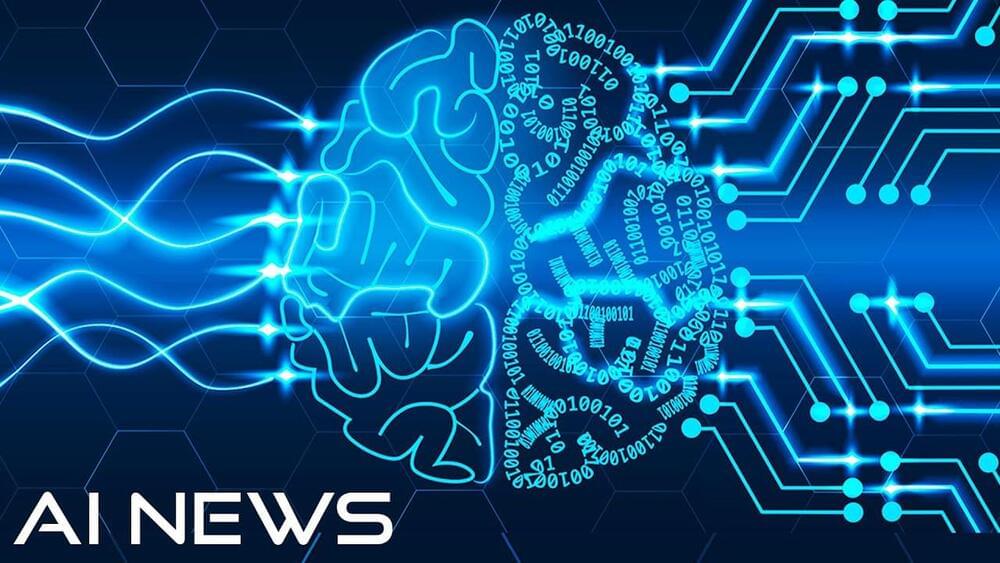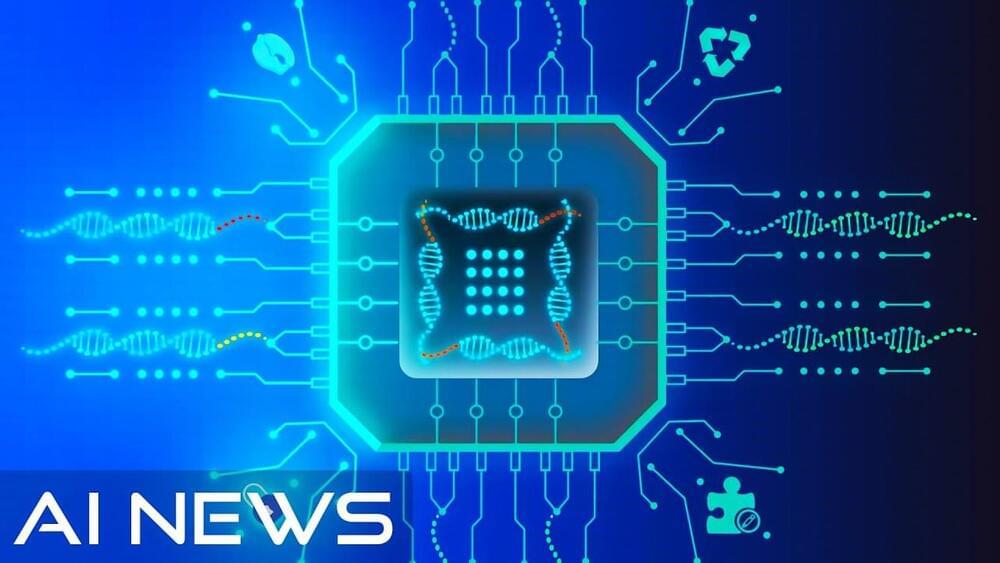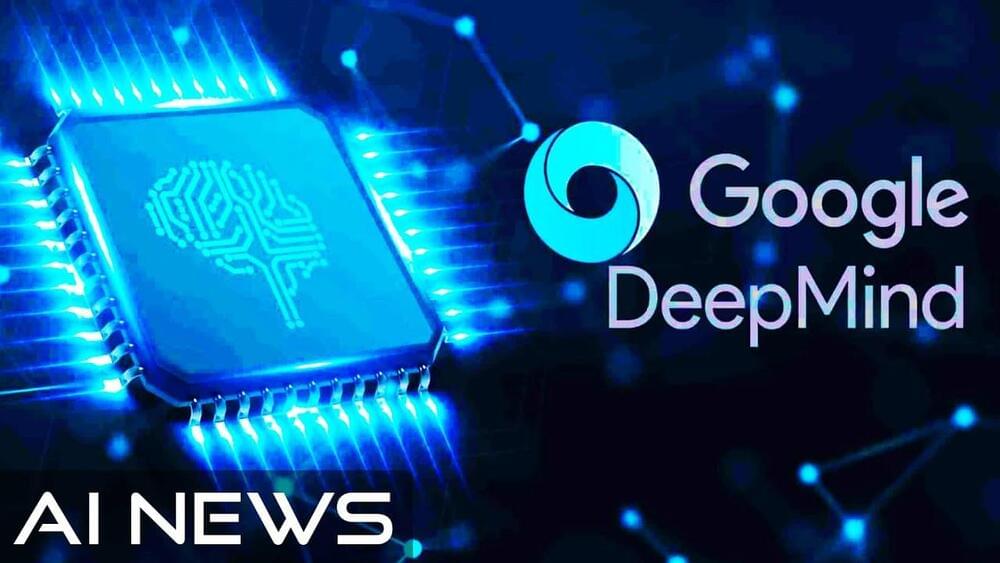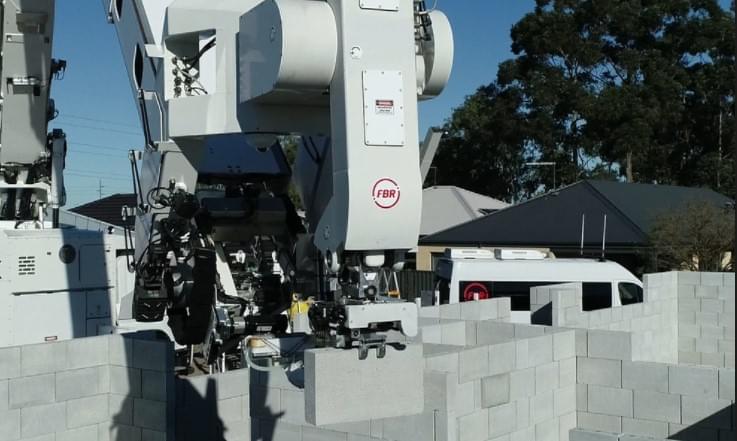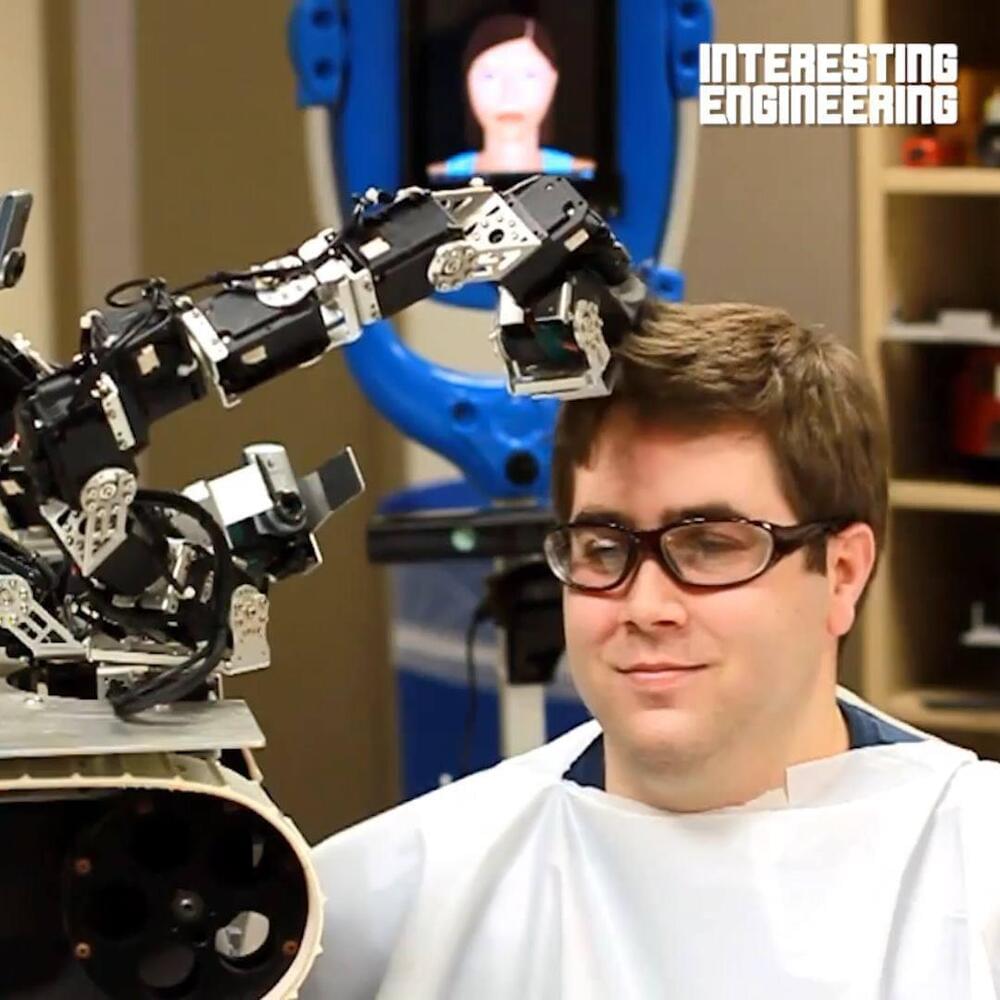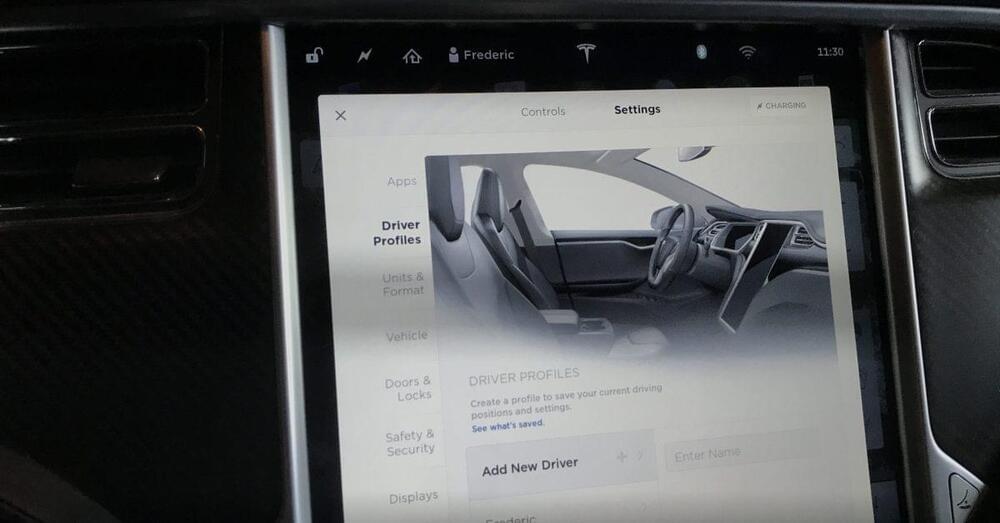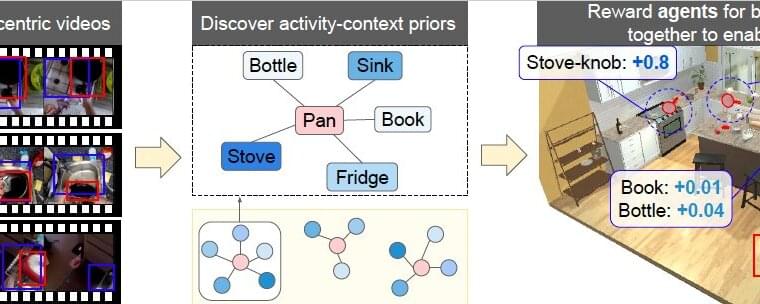Samsung’s next big product according to them seems to be a revolutionary neuromorphic computing chip which is attempting to enable Artificial Intelligence models to become as smart as humans. The top leading AI scientists are expecting for AI models to outpace the rate of moores law which means we’ll need to design new kinds of processors and computer chips beyond silicon. That’s where Samsung’s Brain of a Chip approach is supposed to help. It would be a chip that mimics the brain in terms of performance and power consumption which is called Neuromorphic chip design or computing and is believed to be the future of Artificial Intelligence.
If you enjoyed this video, please consider rating this video and subscribing to our channel for more frequent uploads. Thank you! smile
–
TIMESTAMPS:
00:00 Samsung’s new Path forward for AI
01:10 The History of AI-Hardware.
02:01 What are Neuromorphic Processors?
04:25 What could this enable?
06:40 So what’s the future of AI Computing?
09:06 Last Words.
–
#samsung #ai #chip
